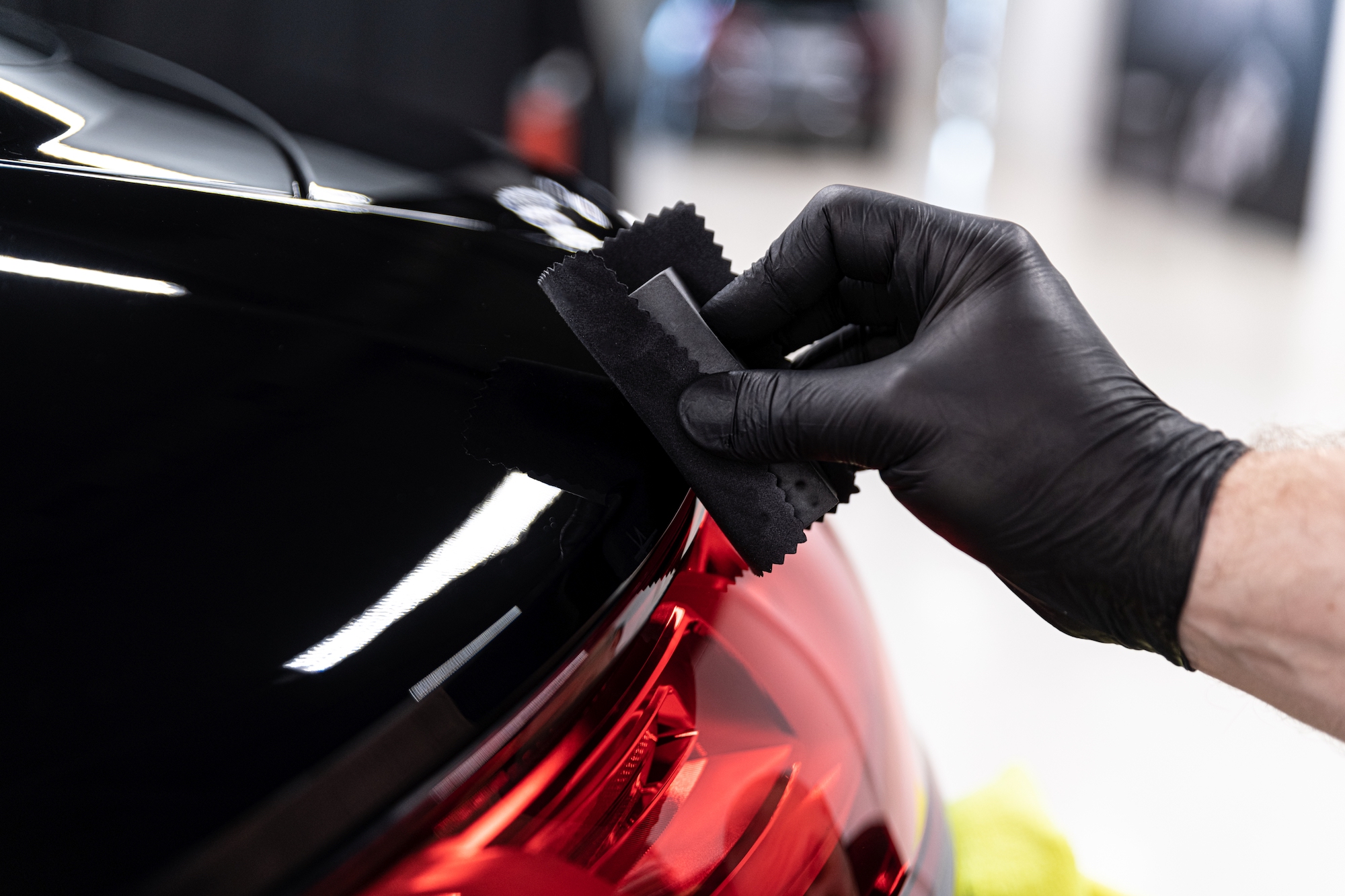Ketamine: a growing global health-care need in 2020

The side-effects that limited the use of ketamine as an anaesthetic make the substance appealing to recreational drug users. Ketamine is considered a dissociative anaesthetic, which alters sensory perceptions. Ketamine intoxication may involve vivid dreams, ‘out-of-body’ experiences, and emotions of euphoria or fear. Ketamine is frequently abused with other illicit drugs, such as amphetamines, 3,4-methylenedioxymethamphetamine, and cocaine. Non-medical uses of ketamine became increasingly popular in the 1990s at dance clubs, which prompted the placement of Ketamine liquid supplier as a Schedule III non-narcotic drug on the US Controlled Substance list in 1999. Schedule III drugs are described as ‘hav[ing] a potential for abuse … and abuse may lead to moderate or low physical dependence or high psychological dependence’.14 Other Schedule III non-narcotic drugs include anabolic steroids and appetite suppressants.
Ketamine has long had a place in the management of acute pain via intraoperative low-dose infusion, especially in opioid-tolerant patients, and has likewise been used after surgery with minimal psychomimetic effects.1 With a growing number of patients diagnosed with chronic pain and only 30–40% of patients achieving adequate to good pain relief, anaesthetists and pain specialists have now looked to ketamine to treat chronic pain syndromes.2 Activation of N-methyl-D-aspartate (NMDA) receptors plays a role in central sensitization, wind-up phenomenon, and opioid tolerance. The NMDA receptor is an excitatory glutamate receptor present at spinal and supraspinal sites. In chronic pain states, chronic nociceptive stimulation causes activation and upregulation of NMDA receptors, resulting in amplified pain signalling to the brain. There is now evidence that NMDA antagonists, such as ketamine, reduce the excessive signalling of nociceptive input to the brain. In chronic non-cancer pain, ketamine has been shown to alleviate neuropathic pain in a number of conditions, including chemotherapy-induced neuropathy, chronic neuropathic pain, complex regional pain syndrome, fibromyalgia, painful limb ischaemia, and traumatic peripheral nerve injury. A ketamine infusion was shown to be effective in a randomized trial of 60 patients with complex regional pain syndrome type I in providing pain relief with analgesia outlasting the treatment period by 50 days.3 In cancer pain, however, a review of the literature found only two studies of sufficient quality, with most of the support for its efficacy coming from case reports or uncontrolled studies in patients with refractory neuropathic pain.4 At this time, there is insufficient evidence to assess the benefits of ketamine as an adjuvant to opioids for the relief of cancer pain. There is some evidence that short-term ‘burst’ treatment with ketamine may have relatively long-term benefit in both cancer and non-cancer pain.4 For example, in patients taking large amounts of opioids for ischaemic limb pain, intercurrent ketamine infusions lead to reduced requirements for opioids in the week after. In cancer patients, ketamine infusions have reduced requirements for opioids by 70%. Further investigations are needed to determine the precise role of ketamine in the management of chronic pain, especially for cancer pain.
Ketamine was first synthesized in 1962, patented in Belgium in 1963, and approved for human use by the US Food and Drug Administration in 1970. Unlike inhalation anaesthetics, ketamine provides analgesia, preserves airway reflexes, offers haemodynamic stability, and maintains respiratory drive, which gives ketamine an excellent safety profile. It is therefore a favoured choice for trauma triage, use in man-made and natural disasters, and for many other patients with compromised haemodynamic stability. However, side-effects, such as agitation, hallucinations, and panic attacks, have limited its clinical use as an anaesthetic in affluent countries. Lately, ketamine has found new uses in clinical medicine in addition to renewed threats to its availability.








